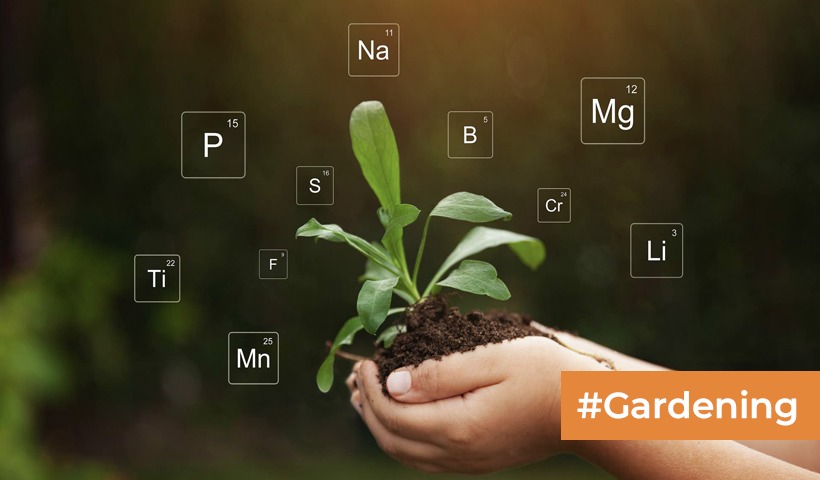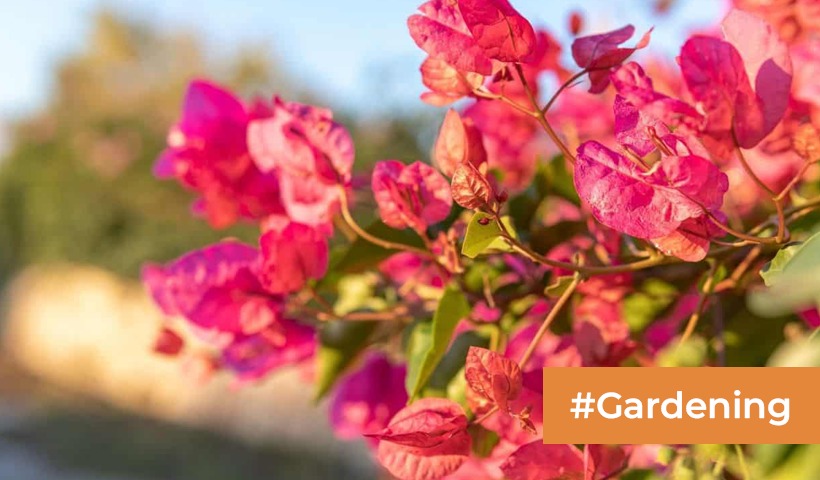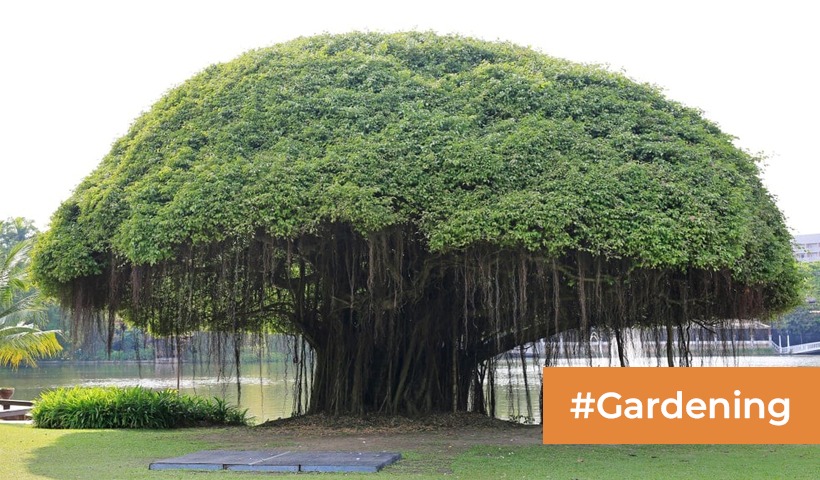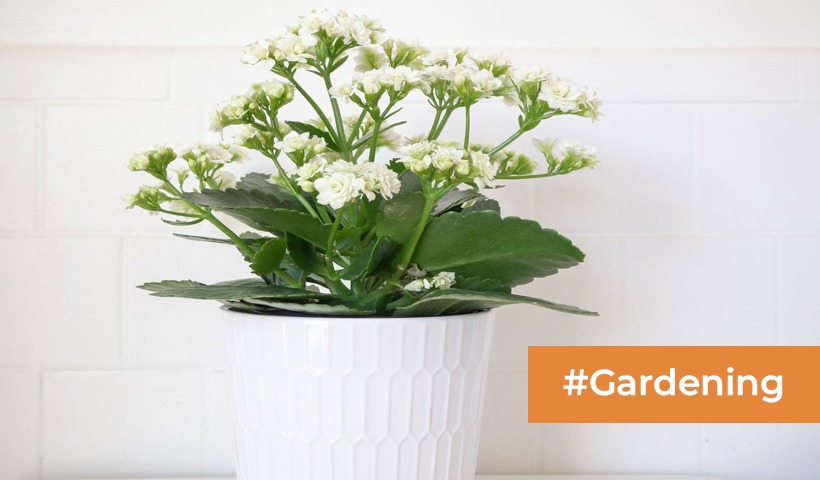Cultivating Fresh Flavors: A Guide to Growing Coriander at Home!
Coriander, also known as cilantro or Chinese parsley, is a versatile herb that adds a burst of fresh flavor to a variety of dishes. While it’s a staple in many culinary traditions, the convenience of having fresh coriander at your fingertips is unmatched. Growing coriander at home is a rewarding and straightforward process that allows you to enjoy this aromatic herb whenever you please. In this guide, we’ll take you through the steps to cultivate coriander in the comfort of your own home.
Getting Started:
- Selecting the Right Seeds: Begin your coriander-growing journey by choosing high-quality coriander seeds. You can find these at your local garden center or purchase them online. Opt for organic seeds if possible, ensuring a healthy start for your coriander plants.
- Choosing the Right Container: Coriander adapts well to container gardening, making it an excellent choice for indoor cultivation. Choose a pot with good drainage to prevent waterlogging, and ensure it’s deep enough to accommodate the long taproot of the coriander plant.
- Preparing the Soil: Coriander prefers well-draining soil with a slightly acidic to neutral pH. Use a lightweight potting mix or a blend of garden soil and compost to provide the necessary nutrients. Make sure the soil is loose to promote healthy root development.
Planting:
- Sowing Seeds: Plant the coriander seeds about half an inch deep in the soil. Space the seeds at least 6 inches apart to allow the plants room to grow. Water the soil lightly after planting, ensuring it remains consistently moist but not waterlogged.
- Location and Sunlight: Coriander thrives in partial sunlight, so choose a location where the plant receives 4-6 hours of sunlight daily. If you’re growing coriander indoors, place the pot near a south-facing window for optimal light exposure.
Care and Maintenance:
- Watering: Keep the soil consistently moist but not soggy. Water the coriander plants when the top inch of soil feels dry. Be mindful not to overwater, as coriander is susceptible to root rot.
- Fertilizing: Feed your coriander plants with a balanced, water-soluble fertilizer every 2-3 weeks during the growing season. This will provide the necessary nutrients for healthy foliage and robust flavor.
- Pruning: Regularly pinch back the tips of your coriander plants to encourage bushy growth. This will also delay the flowering process, allowing you to harvest fresh leaves for a more extended period.
Harvesting:
- Timing: Coriander leaves are most flavorful when harvested just before the plant flowers. This is typically around 3-4 weeks after planting. Once the plant starts flowering, the flavor of the leaves diminishes.
- Harvesting Leaves: Use scissors or pruning shears to snip off the outer leaves, leaving the inner leaves to continue growing. This method promotes continuous growth and a bountiful harvest.
Growing coriander at home is a simple and satisfying endeavor that enhances your culinary experience with the vibrant, citrusy notes of this aromatic herb. By following these steps, you can cultivate a steady supply of fresh coriander, elevating your dishes with the delightful flavors of home-grown goodness. Whether you’re a seasoned gardener or a novice, the joy of cultivating your own coriander awaits, bringing a touch of nature to your kitchen.
Disclaimer: The views expressed above are for informational purposes only based on industry reports and related news stories. PropertyPistol does not guarantee the accuracy, completeness, or reliability of the information and shall not be held responsible for any action taken based on the published information.




